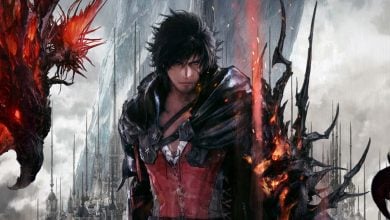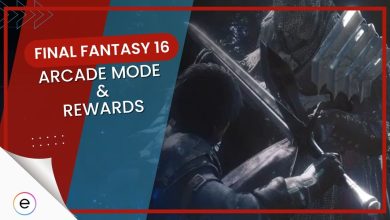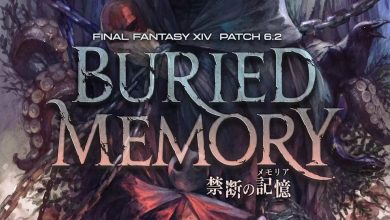Story Highlights
- Final Fantasy XVI is shaping up to be an intense action game which masterfully depicts how the shift to action combat should be handled.
- Final Fantasy series has a rich history and a glorious turn-based legacy which has influenced the genre as a whole.
- Although the action combat is looking exceptional, turn-based combat in a modern game holds considerable potential and the concept should be explored in future Final Fantasy games.
Final Fantasy XVI is the latest installment in the massive RPG franchise Final Fantasy and from the looks of things it is readying to spice things up with buckets full of intense action. After the mixed reception of Final Fantasy XV, it seems Square Enix is gearing up to double down on their shifting focus on action combat and deliver a spectacle.

It is indeed true that from what we know so far, Final Fantasy XVI is shaping up to be everything an action fan could want. With intense cinematic combat, complex and visually appealing special moves, and over-the-top monster battles, the game will keep us on edge. However, the Final Fantasy series has a splendid turn-based legacy and I believe it should not be forsaken entirely in future titles.
Final Fantasy XVI Is An Action Game Done Right
Final Fantasy was undoubtedly an essential part of our childhood, as this long-running series has continued to deliver exciting RPGs to delve into. It started off as a top-down turn-based RPG adventure with innovative gameplay and a fascinating story, and we couldn’t help but praise those titles for delivering excellent adventures. From that starting point, we’ve now reached the marvelous action theme we’re witnessing in Final Fantasy XVI.
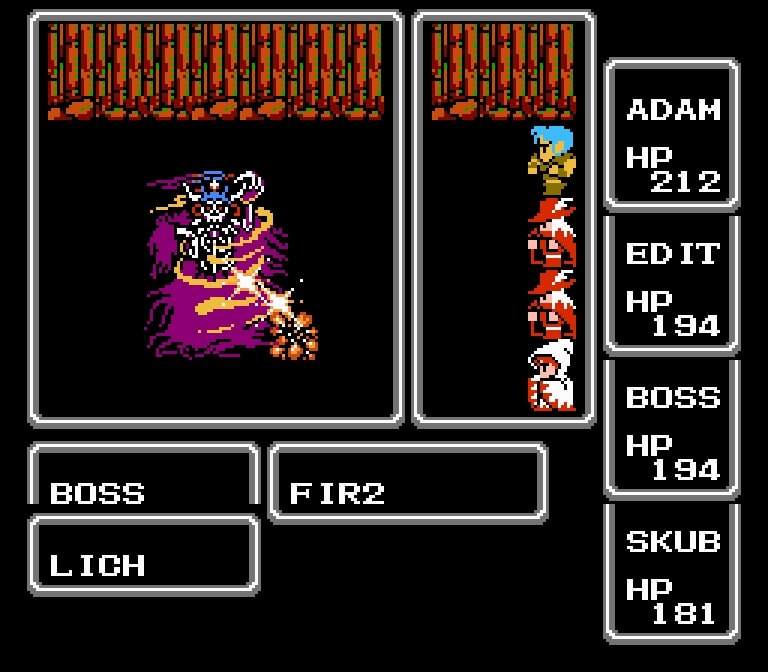
Over the course of the series, the combat mechanics have gone through a variety of changes, as the franchise continued to evolve and accommodate modern tendencies. We’re aware of how Final Fantasy was trying to drift away from the supposedly old-fashioned turn-based combat and adopt the more action-oriented approach for a long time now.
With Final Fantasy XII as a sort of starting point for more real-time combat, each further installment tried to use a battle system that is both more active but retains certain tactical elements. Even with Final Fantasy XV, the scales were not fully tipped in the action direction. However, it seems Final Fantasy XVI is where they finally resolve to let go of following both aspects and in turn go all-in on the action approach.
Recently, many games are looking to ride the hype train of action combat and thus are throwing away turn-based systems. Look at Dragon Age: Dreadwolf for example. Dragon Age’s tactical combat and immersion were out of this world, and the prime reason that hooked me and many others. However, the latest installment is looking to adopt the generic action approach even if it ends up losing its true identity.
I admit the same worry overcame many of us when Final Fantasy XVI was announced to be an action game but to be very honest after seeing the gameplay I was most pleasantly blown away by how well the game is being handled. It doubles down on the action approach and is a sight to behold with epic battles and sparks flying with visually charming moves.
https://twitter.com/Okami13_/status/1646675373948649472
Despite being an action game, it feels like Final Fantasy through and through and promises an interesting adventure. The combat looks extremely smooth and the transitions are visually stunning, Not to mention the seamless shift to absolutely grand-scale Eikon battles with epic abilities, which give the utmost thrill of battle. Although it’s sad the series seems to be losing the original touch, we gained something incredible in return.
The game is a good reference point to learn how action shifts should be handled. Rather than blindly following trends, preserving originality with the environments and mechanics and introducing unique concepts is important. The game’s combat has shown incredible variations. With multiple jobs and playstyles, you have different Eikons’ skill sets to switch between and insane trump cards that all play out with extreme fluidity.
Although not a true open world in order to avoid its predecessor’s various problems with the concept, the game will offer large open areas that can be explored. Not many details are known regarding the story of the game, but we do know the story will have a mature tone and will explore darker concepts. Personally, I eagerly await its release to see how these different concepts will complement each other.
Final Fantasy Series Has A Golden Legacy
Although Final Fantasy XVI doesn’t like to be called a JRPG, its past is deeply rooted in the genre. Looking back, the former SquareSoft was indeed a pioneer in JRPGs. Games like Final Fantasy and Dragon Quest have introduced many concepts that over time have become the staple of the genre. In addition, Squaresoft was also behind revolutionary adventures like Chrono Trigger and Xenogears.
Talking about these legendary RPGs is a straight blast to the past when these games surprised us with their intricate plots and unique combat. That was also the start of Final Fantasy’s legacy and its iconic turn-based battle system. Final Fantasy’s impact on the genre as a whole is evident by how its mechanics found their way to many other games.
Look at the random encounter mechanic for example. First found in the initial Final Fantasy and Dragon Quest games, it’s basically a creative way to initiate battles in dungeons. While walking in a dungeon where enemies can be fought, you randomly initiate a battle against a random enemy native of that particular area. Both the encounter time and the enemy encountered are governed by calculations and RNG.
This mechanic served multiple purposes. It provided the tension of a random battle and also saved processing power as the enemies need not be rendered on the field. It was a crafty mechanic, befitting the time period. However, it’s true the mechanic carried many shortcomings like making exploration significantly harder and becoming tedious if improperly implemented. Despite these cons, it still remains iconic for that particular era.
Another important development was Final Fantasy’s highly influential Active Time Battle (ATB) system, something also found in other Square Enix games, and different titles of the genre. This system was designed to be an alternative to the traditional turn-based system, adding an overall strategic element to the gameplay. It has continued to evolve alongside the series and even found in the games prior to Final Fantasy XVI.

In ATB, characters don’t act in standard turns, but have an ATB gauge that fills in real-time, and allows a character to act, thus depleting it. The rate it fills relates to the character’s speed stat and thus it’s possible to get a higher number of turns with proper builds. After appearing in Final Fantasy IV, the mechanic continued to improve in subsequent titles and even complements action combat like that of the Final Fantasy VII remake.
Even for a modern game, ATB fits in perfectly. While in battle, the ATB gauge fills over time, with standard actions like attack causing it to fill faster. With a full gauge, abilities or items can be used similarly to how you’d use them in a turn-based battle. Here, however, you are free to attack and move around while waiting for it to fill. This gives the game a strategic element, where you time your actions according to the situation.
FF7R’s battle system is so. much. FUN.
by u/AlucardBelmont1 in FinalFantasy
Final Fantasy has been a revolutionary series for the turn-based genre, as many of its inventions became an integral part of it, and it’s what gave the games their unique identity. The turn-based combat was simply a blast to dive into and strategically plan your action, and stories like Final Fantasy VII blew everyone away. All in all, turn-based combat and mechanics constitute the magnificent legacy of this gigantic series.
The Time Of Turn-Based Combat Is Far From Over
I do agree Final Fantasy XVI’s action shift seems nothing short of perfection, and the fast-paced exciting gameplay is more era-appropriate too, with the trend shifting towards action games. However, the reason for Final Fantasy XVI’s action approach being turn-based games are “old fashioned” seems to be misplaced. Turn-based combat in modern games if handled well is still widely appreciated.
Look at games like Yakuza: Like a Dragon for example. The latest mainstream game of the series brought in a new protagonist, Ichiban, and with him shifted from an action-focused brawler to turn-based combat. It was excellently executed and widely praised as a turn-based system done right. Even from here on, Ichiban will be associated with turn-based combat, and spinoffs featuring Kiryu will be done with the brawler system.
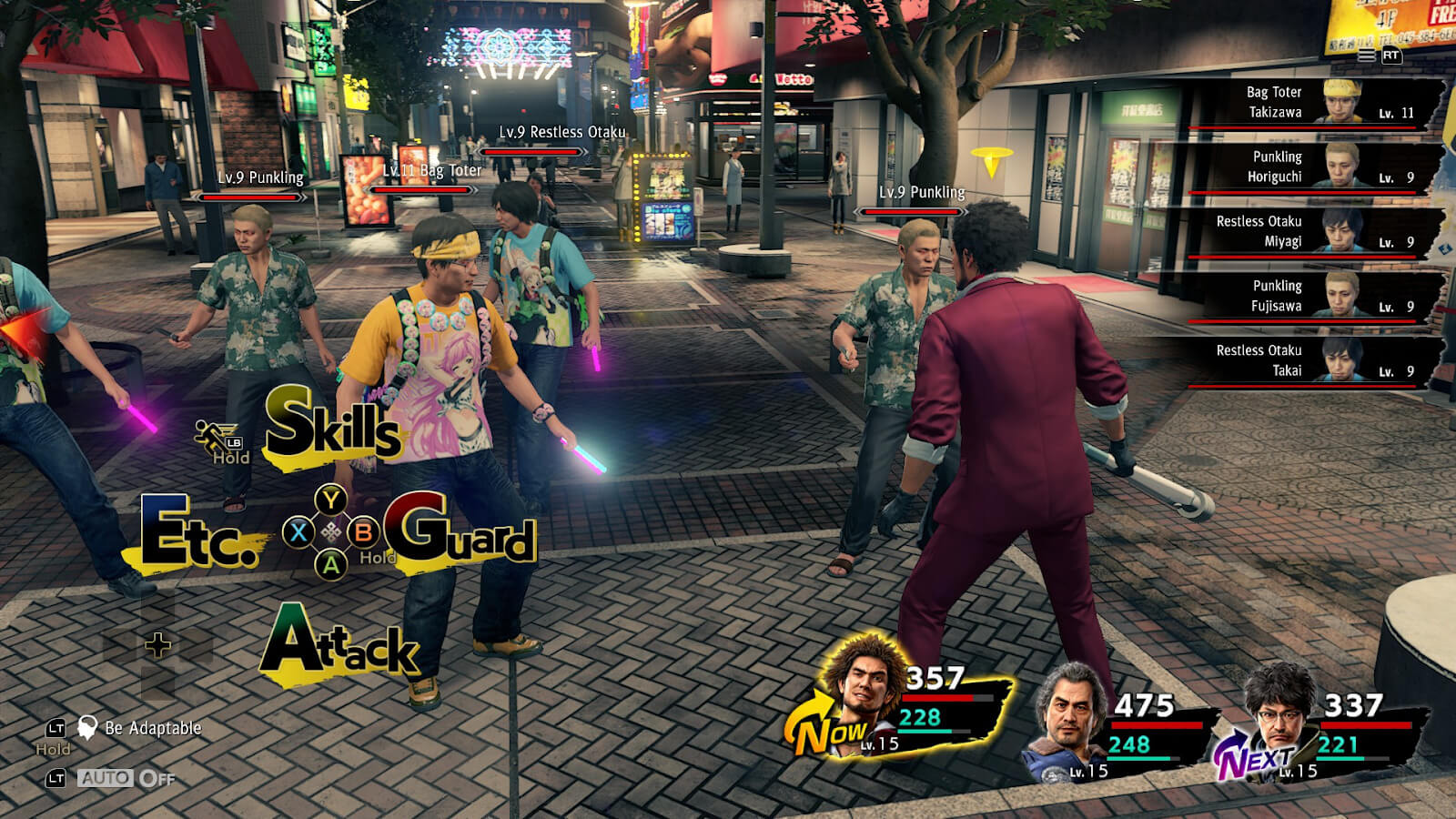
Similarly, alongside Final Fantasy, Square Enix’s other long-running series Dragon Quest has continued its turn-based approach even in modern titles. Dragon Quest XI: Echoes of an Elusive Age is an epic JRPG featuring turn-based combat and is still among the best games of the genre. After Final Fantasy XVI’s display, we eagerly look forward to what sort of adventure Dragon Quest XII will bring.
One of the most important names in turn-based JRPGs is The Legend of Heroes series, Nihon Falcom’s extensively long-running series, spanning multiple mainline and spinoff titles, and still continues with The Legend of Heroes: Kuro no Kiseki II being the latest title. The series has garnered a dedicated fan following and its increased demand and sales in the West have catalyzed the English release of earlier entries of the franchise.
The Legend of Heroes: Trails series sales top seven million https://t.co/yA7MxRTa42 pic.twitter.com/SiDzEE0tMo
— Gematsu (@gematsu) September 22, 2022
With this particular series as a source of inspiration, mihoyo launched their next gacha game, Honkai: Star Rail. A turn-based adventure with addicting combat that quickly became a monumental success and even surpassed its predecessor’s release. Needless to say, turn-based games if handled well are still highly sought after, as they give a strategic aspect to the combat system.
Final Fantasy games are indeed a beloved memory of our childhood, and their novel turn-based implementations are one of the main reasons for it. Long-term fans even argue Final Fantasy XVI should have been a turn-based game, but I believe they have done an excellent job with its action battle system. For the future, however, I believe many fans would really like to see a modern turn-based Final Fantasy game in all its glory.
Final Fantasy XVI arrives as a timed exclusive for PS5 on June 22, 2023.
Thanks! Do share your feedback with us. ⚡
How can we make this post better? Your help would be appreciated. ✍
